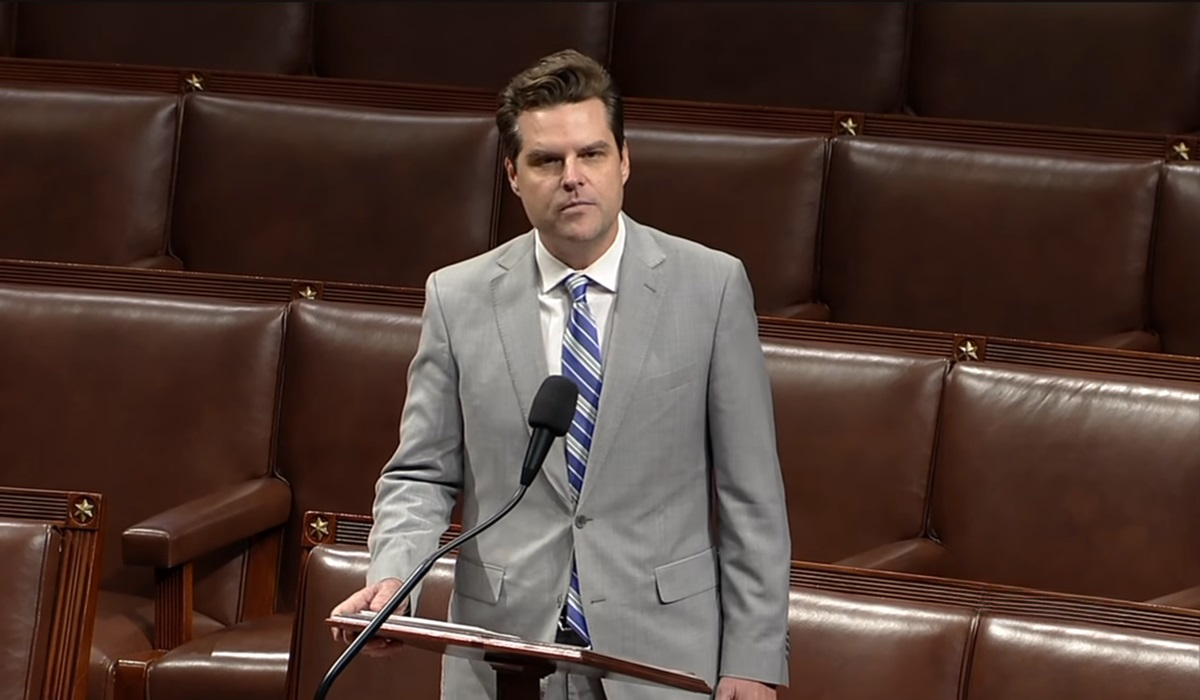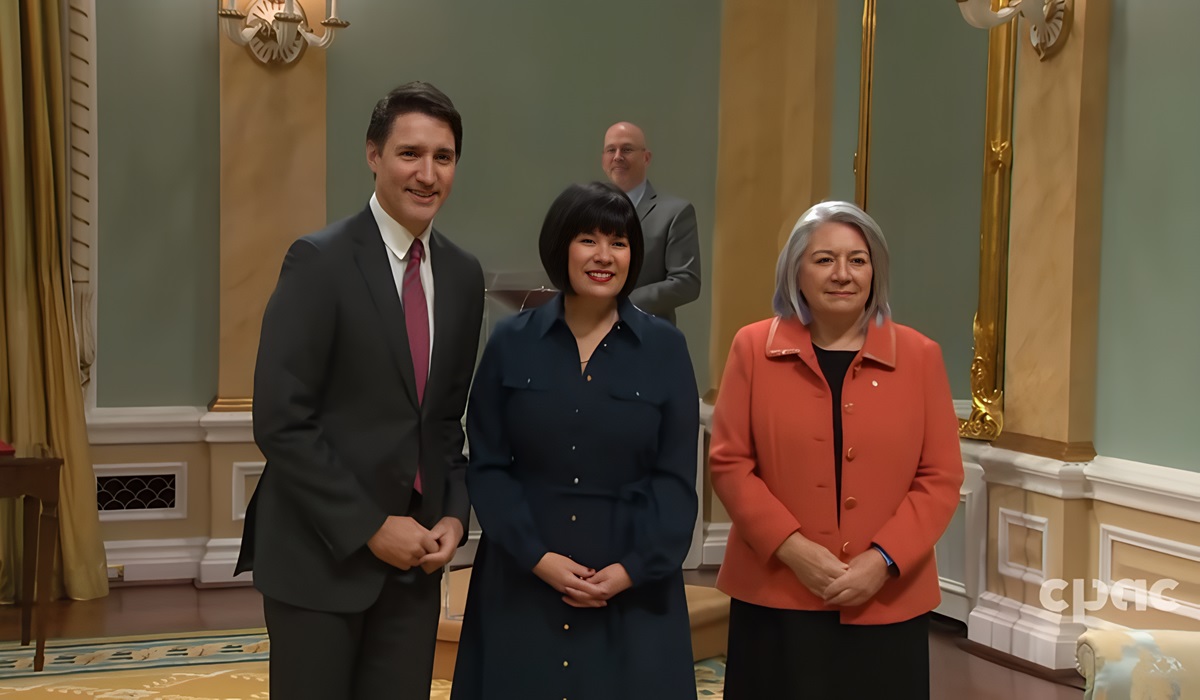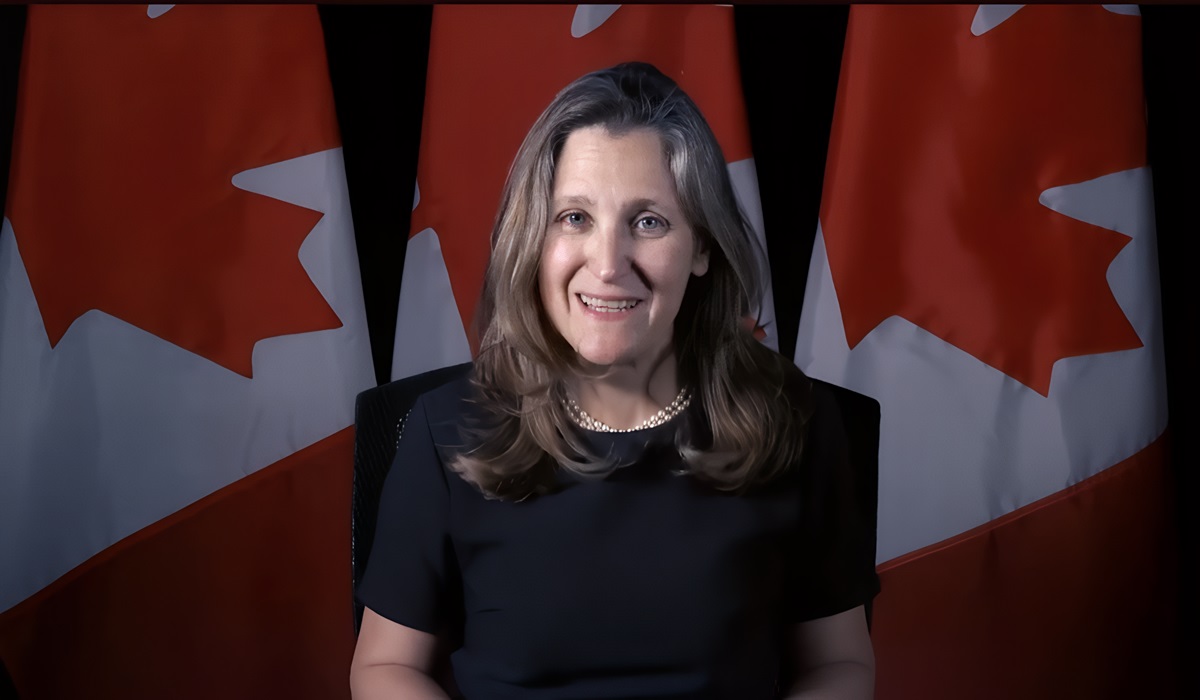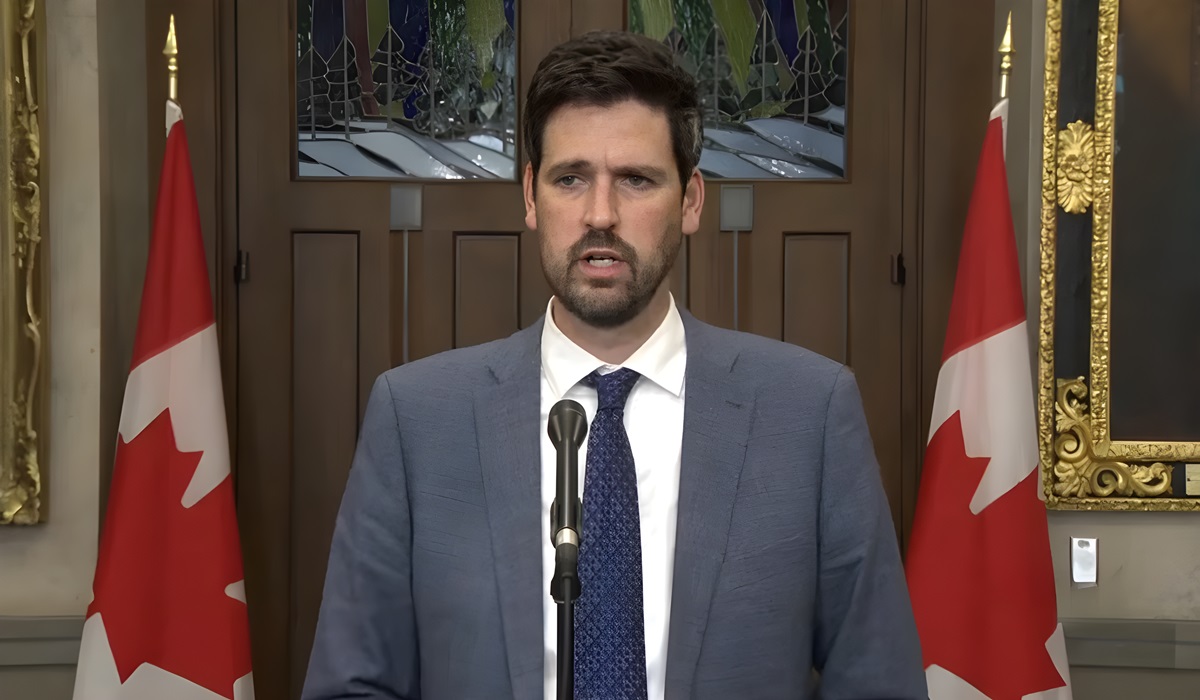Proportional Representation: A Popular Campaign Promise, but Often Ignored by Parties in Power
- TDS News
- Breaking News
- April 30, 2023
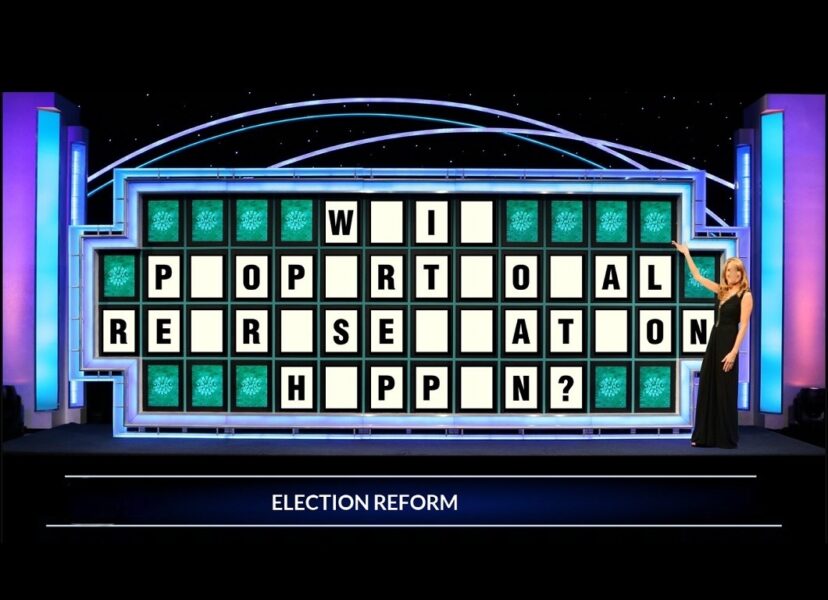
Proportional Representation (PR) has been a topic of much debate and discussion in Canadian politics. The idea of proportional representation is simple: instead of a winner-takes-all system, seats in Parliament are allocated proportionally to the number of votes each party receives. While this may sound like a fairer system, many governments and politicians have been reluctant to embrace it.
The reason for this reluctance can be traced back to the campaign trail. PR makes for a great sound bite – it gives the impression that every vote counts and that the system is fairer and more democratic. However, the issue is often forgotten or pushed to the side once in power. This can be due to a number of reasons, including the fact that PR would require significant changes to the current electoral system, and many politicians are hesitant to rock the boat. Despite this reluctance, it is noteworthy for voters to understand what proportional representation is and why it is important.
What is Proportional Representation?
Proportional representation is a system of voting that ensures that the number of seats a party wins in Parliament is proportional to the number of votes it receives. This means that if a party receives 40% of the vote, it will receive 40% of the seats in Parliament. There are many different types of PR, but the basic idea is the same: every vote counts and every party is represented in proportion to its level of support.
The current system in Canada is First-Past-the-Post (FPTP), which means that the candidate who gets the most votes in a riding wins the seat. This system can lead to situations where a party can win a majority of seats in parliament, even if it does not win a majority of the popular vote. This has happened in several federal elections in Canada, including the 2015 election, where the Liberal Party won a majority of seats with just 39.5% of the popular vote.
Proportional representation is important because it ensures that every vote counts and every party is represented in proportion to its level of support. This means that smaller parties have a better chance of being represented in Parliament, which can lead to a more diverse and representative government. It also means that parties are more likely to work together, as they know they will need to form coalitions to govern.
Another advantage of proportional representation is that it can help to reduce voter apathy. In a system where every vote counts, voters are more likely to feel that their vote is important and that their voice will be heard. This can lead to higher voter turnout, as voters are likelier to feel that their vote matters.
While proportional representation may sound like a great idea, the reality is that implementing it in Canada would be a significant challenge. The current electoral system is deeply entrenched, and any changes would require significant political will and public support.
One of the main challenges to implementing PR in Canada is the fact that it would require significant changes to the current electoral system. This could include changes to the way ridings are defined, changes to the way votes are counted, and changes to the way parties are funded. These changes would be difficult to implement and would require a significant amount of time and resources.
Another challenge to implementing PR in Canada is the fact that it is often seen as a threat to the current system. Many politicians and parties are hesitant to embrace PR because they fear it will lead to losing power or influence. This means that any move towards PR would likely be met with significant resistance from those who benefit

